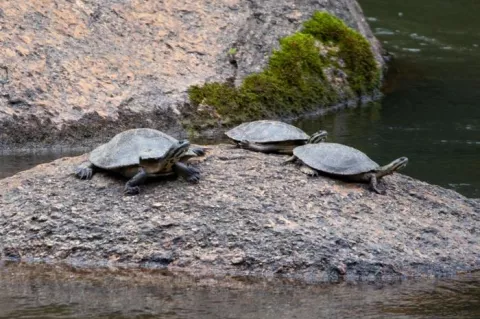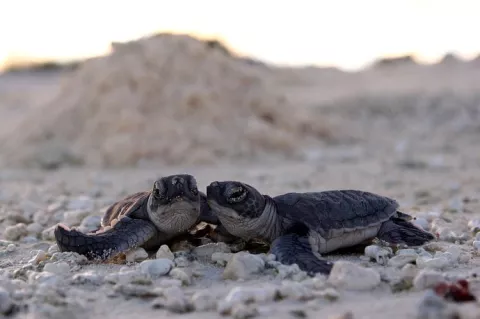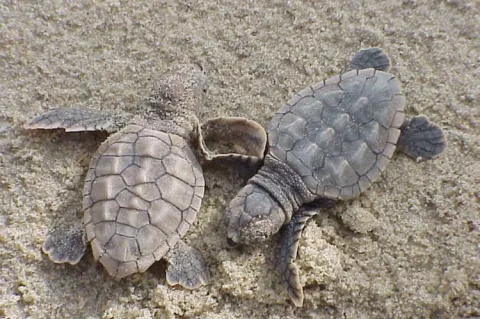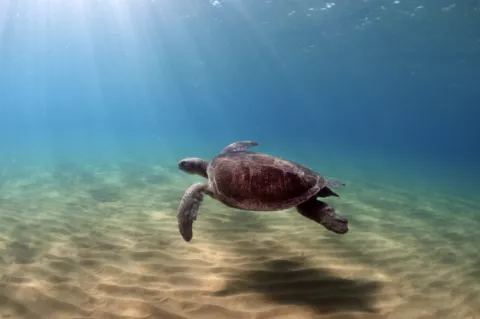Best Practices During Sea Turtle Nesting Season
Various regions are home to species such as the green, leatherback, and loggerhead turtles. Due to their endangered or threatened statuses, these species are protected by law in most countries, which mandates specific conservation actions and monitoring.
Sea turtles face numerous threats, including habitat loss, human interference, and climate changes, jeopardising their survival and reproductive success.













